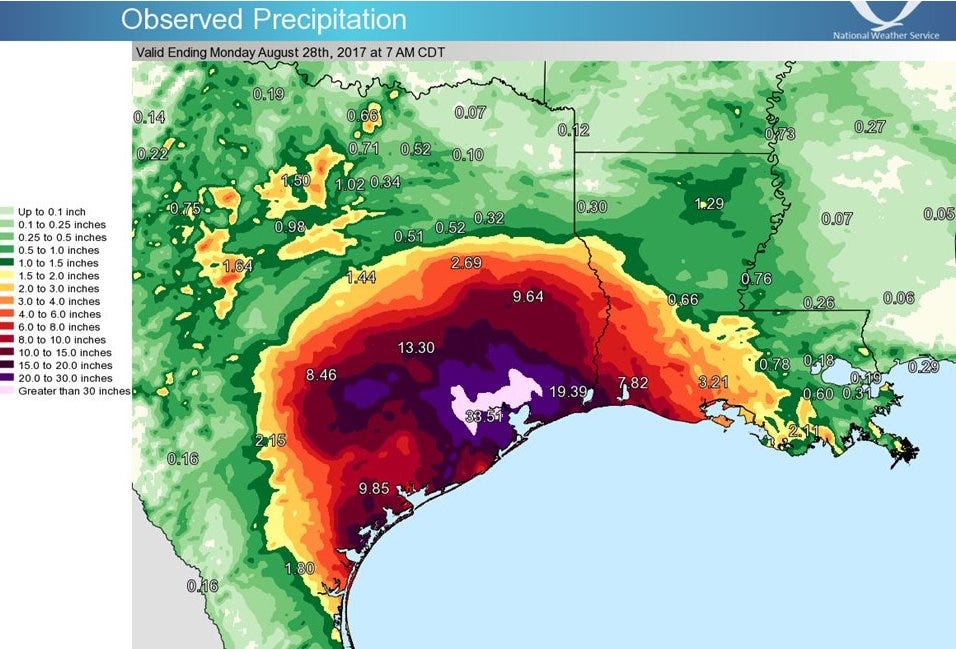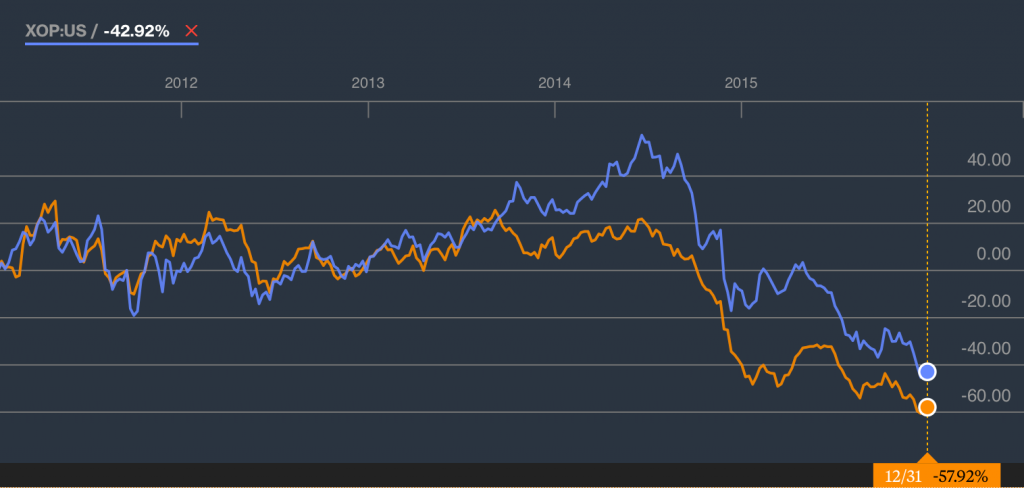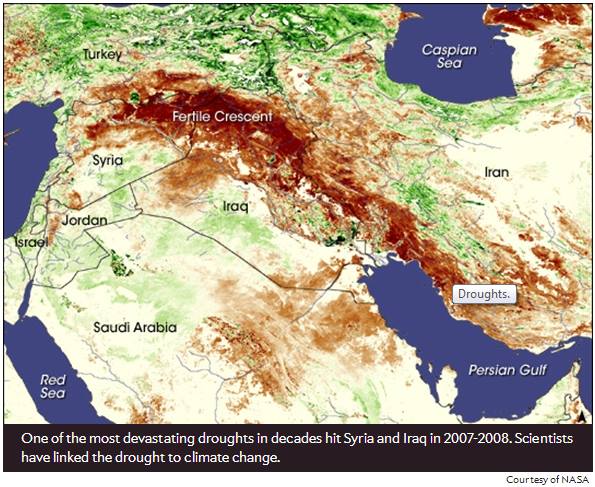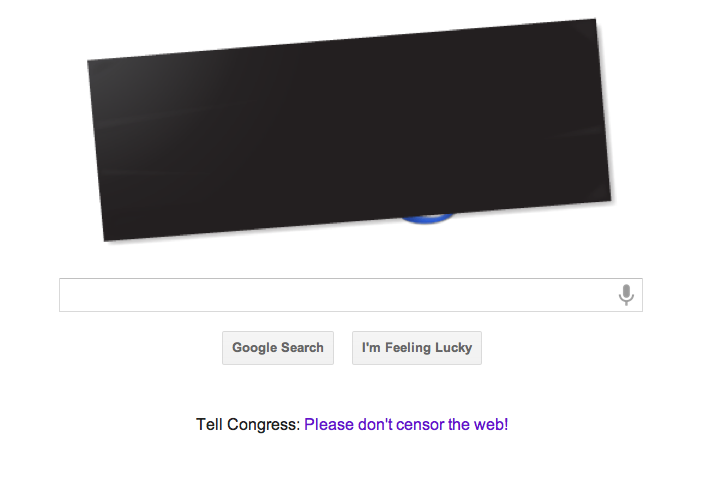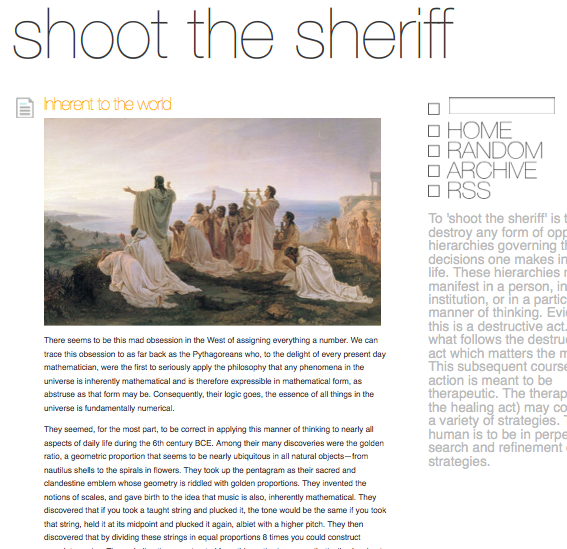
In societies where modern conditions of production prevail, all of life presents itself as an immense accumulation of spectacles. Everything that was directly lived has moved away into a representation.
…
The spectacle is not a collection of images, but a social relation among people, mediated by images.– Guy Debord, Society of the Spectacle (1967)
Ethos. Logos. Pathos. The three elements of persuasion. Acts of persuasion in contemporary society can only scale through technological means. In ancient times this was accomplished through speech and by the pre-industrial era through print, paint, and lithography. Photograph and film brought new life to once static text and images at the turn of the 19th century. And today, moving images suffused with persuasive narratives pervade human minds and bodies by way of digital production and distribution. Except these narratives have become unbalanced in our information saturated societies (or perhaps it has always been that way from the beginning). We live in an age of Pathos where appeal to human morals and rational thought have been discarded for ostentatious display of feeling, sentiment, and appearance. It is an age of Spectacle.
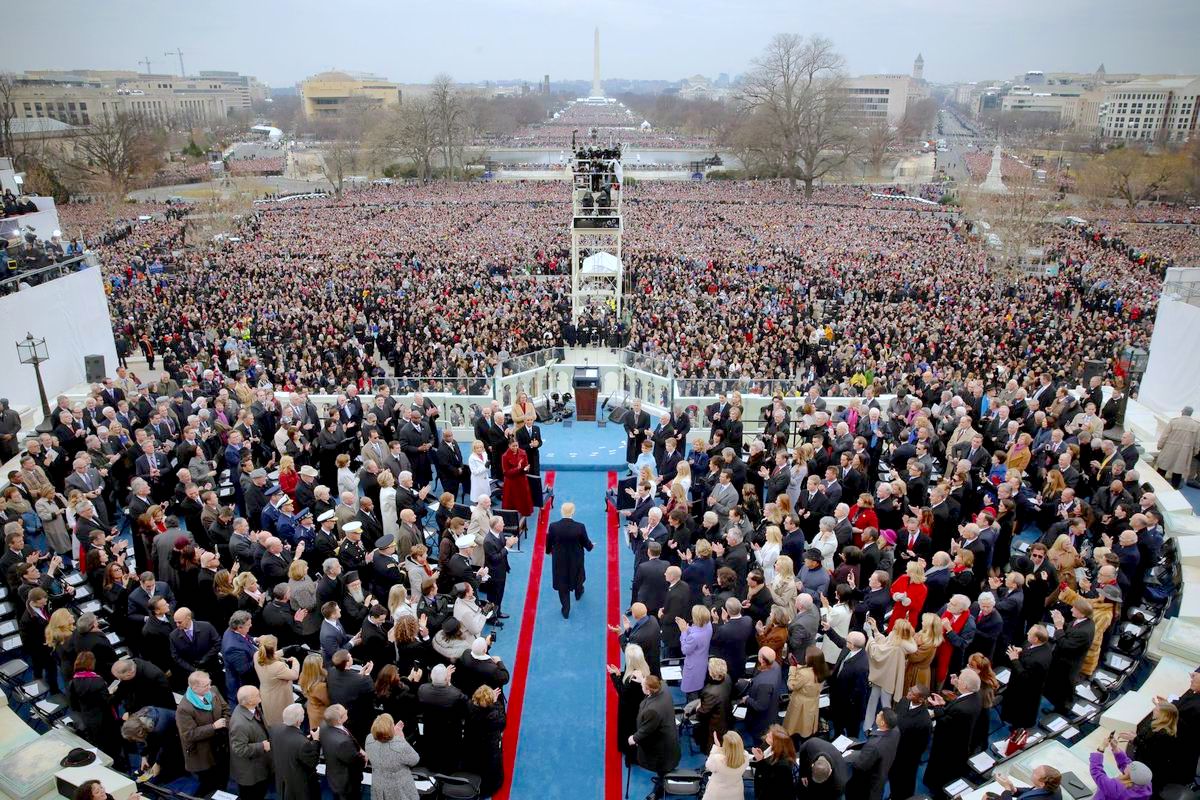
The powerful employ spectacle for perpetuation of power, which in turn perpetuates spectacle. The cycle is amplified by a celebrity-industrial complex of highly connected members propagating status symbols through distributed information networks, and the masses on the periphery of these networks consume spectacular imagery and partake in its celebration so that they may transcend (or perhaps momentarily forget) the boring and mundane realities of life. The non-living image eclipses the living in favor of this cycle where those with status have greatest control of image production, and those without it live on the margins.

Representation, identity, and freedom encamp on these margins. But spectacle outshines them until the margins achieve spectacle for themselves. Though once spectacular persuasion has been achieved in cultural celebration of pathos (and by extension, pathology), all that remains are neatly packaged delusions for mass consumption and entertainment.
The show must and will go on for as long as we choose to live with our eyes wide shut to the real world.

